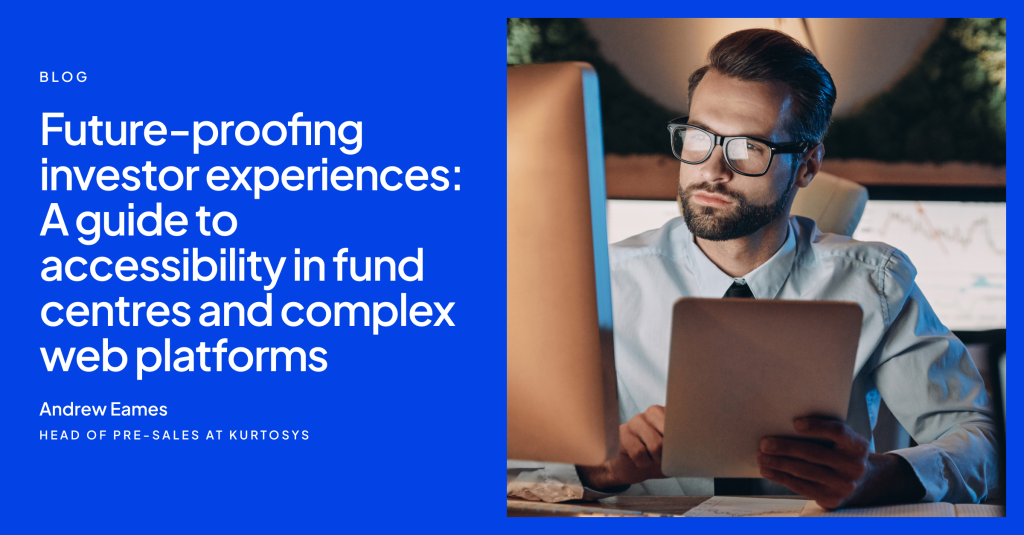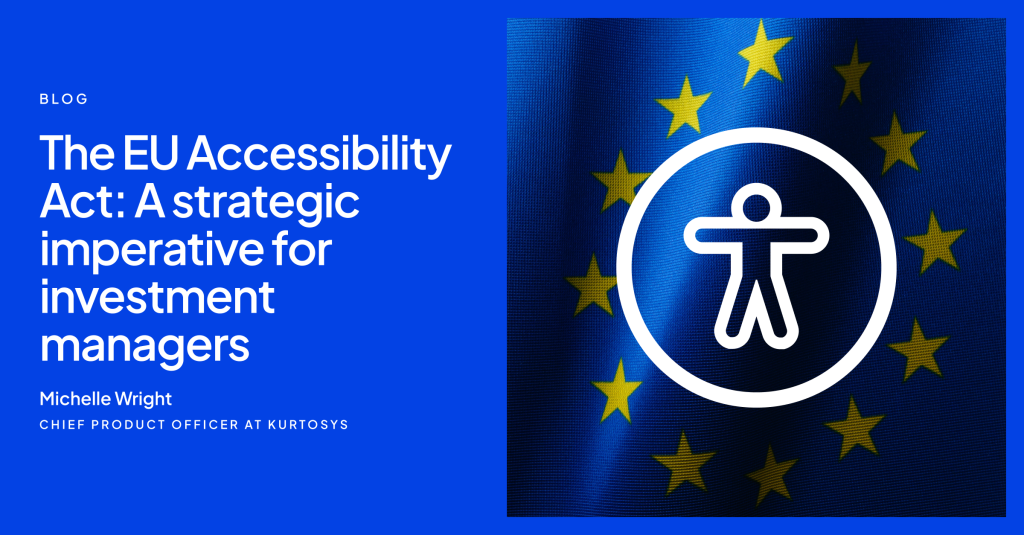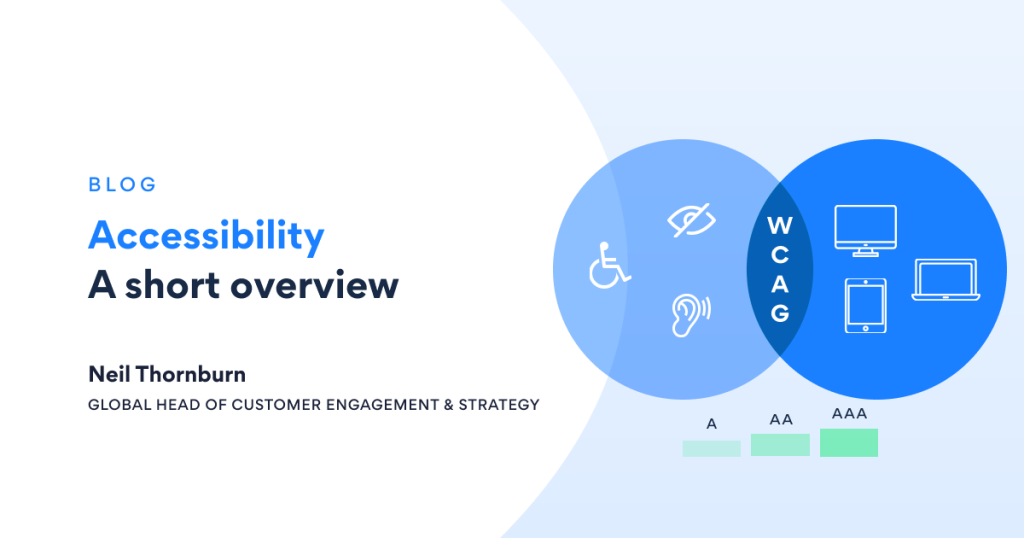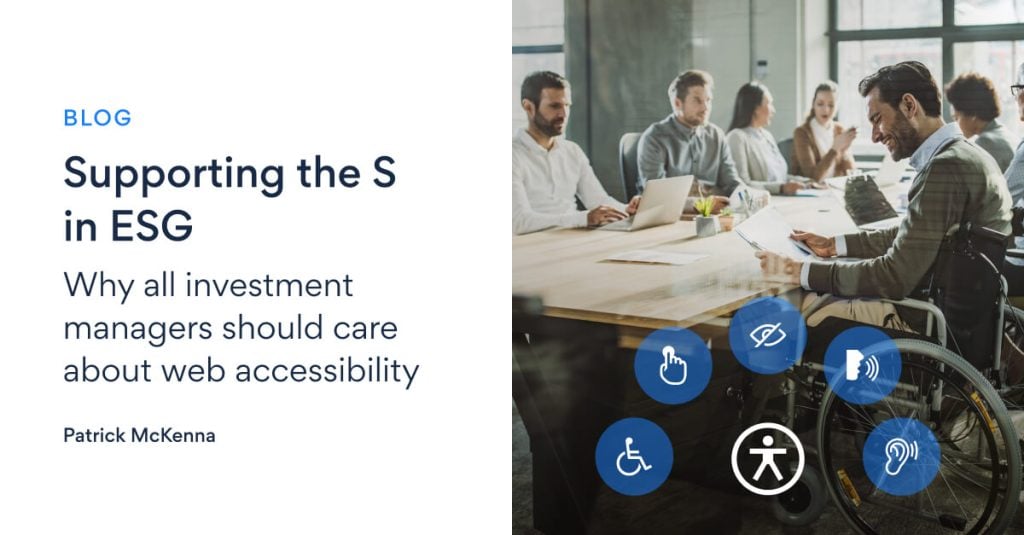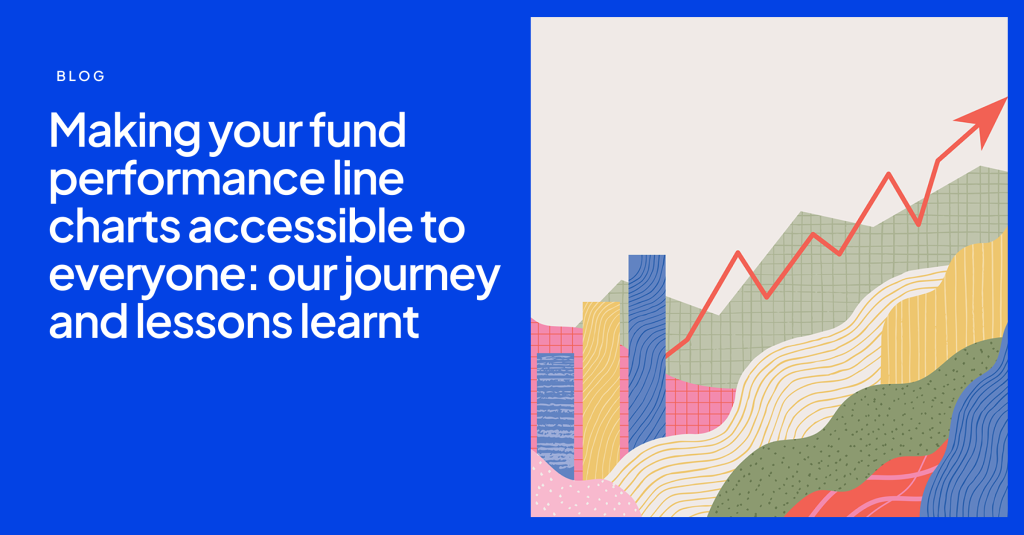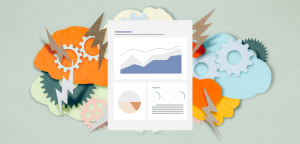Where is accessibility on your prioritization list? Does it help define design and your fundamental user experience (UX) or is it an afterthought checkbox exercise? Is it part of your product MVP? Or retrospectively applied in relation to meeting minimum requirements in certain regions?
At Kurtosys we believe in putting the customer at the centre of what we do and really understand their perspectives and challenges. We take accessibility seriously, not just a check box / retrospective nuisance or legal obligation, it should be front of mind.
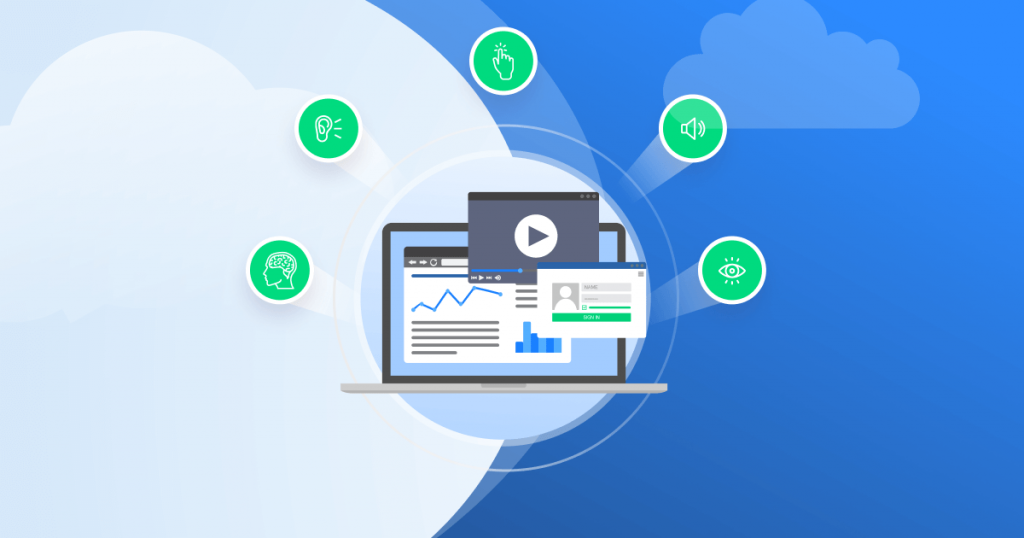
To get a better perspective and understanding of accessibility needs we spoke to Lily Dedman, a digital marketing executive and brand manager who has a number of accessibility requirements to help her interact with companies online.
Lily is not only deaf – the disability most people understand, but multiply disabled. Lily also suffers from two chronic pain issues, caused by fibromyalgia as well as EDS, a connective tissue disorder which means her joints dislocate without trauma. As a result, she frequently has what she describes as “brain fog”.
Lily continues …
"Imagine you've stubbed your toe and then you have to write a coherent and eloquent speech. The pain makes it harder to think properly. I am also autistic, my autism means that I find it hard to understand intent or emotions (both in myself and other people). I find it hard to work out jokes and sarcasm and typically treat it all as serious unless it's really obvious.
When lockdown began I was made redundant, so I had to begin that arduous journey of applying for jobs, having all the interviews, and then ultimately being ghosted. With those that did come back, a lot of people disregarded my request for video calls as opposed to phone calls because I rely heavily on lipreading. This was seen as a preference and an inconvenience rather than a basic accessibility right.
When I was approached for my current role, my manager and his manager were both incredibly accessible, asked for ways to make it easier for me and even saw my disabilities as strengths. Because I have chronic pain, I am good at being efficient because I have to be. I have a limited amount of energy until my brain goes into standby mode, so I can make good decisions quickly. My autism means I am good at filtering through data and seeing patterns and my general interest in sociology means I can create and imagine audience personas and UX in a more detail-oriented way than NT people (neurologically typical).”
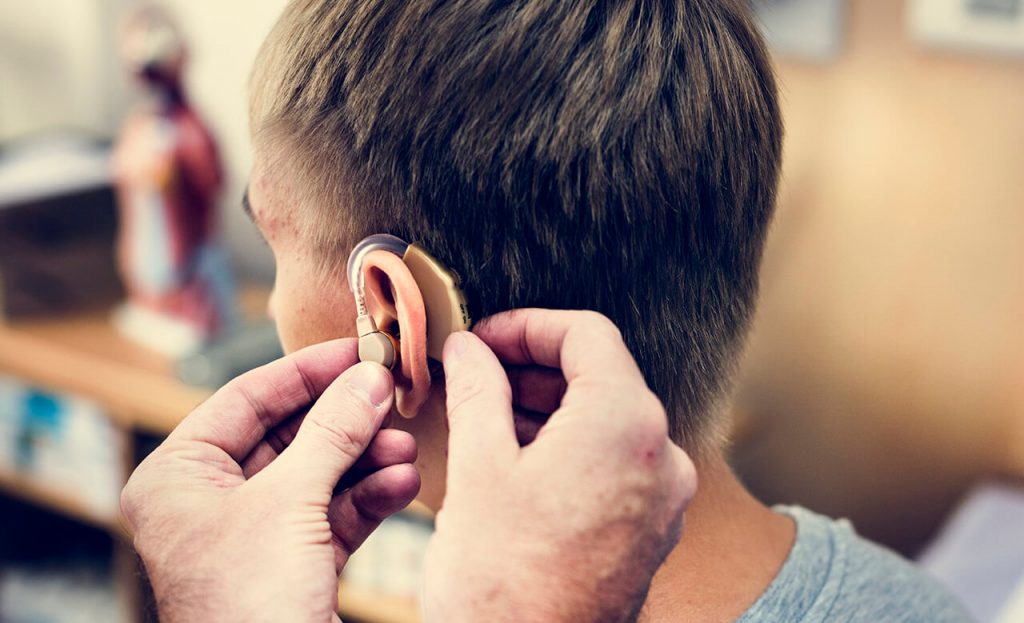
With it now being the norm to work from home or a hybrid arrangement, a lot of events that would be in person are online with (automated) captions, which means that:
- Anyone in the country can access the webinars, thus increasing the potential customers exponentially.
- People like Lily, deaf & disabled, can access the conferences/webinars and feedback to their boss.
Although not necessarily a senior decisionmaker yet, Lily certainly has some influence and a valuable opinion to contribute.
These are significant changes in some fundamental ways people with disabilities are able to conduct their work / life activities, how they interact with brands and receive services from companies. But how many businesses are adapting to these new expectations? How many businesses use personas for their UX, service and product design? Now consider how many of the personas have disabilities?
What surprises me is that many companies think that accessibility issues are only relevant for unemployed people claiming disability benefits who simply aren’t going to buy their product. But with a whopping 25% of the population with some sort of disability (that would require accessible content) and only 4.8% of the country unemployed, the numbers simply don’t add up. Heck, Elon Musk is autistic!
But providing a service to a part of your audience that may or may not be a minority is just the start. Digital accessibility makes it easier for everyone to find and absorb content. Busy C-suite executives and time–poor professionals can make quick decisions based on a quick synopsis of your webinar.
Making sure your website has correct alt tags across images and CTA’s means that your SEO is going to have a positive impact, and your organic rankings will improve.

Putting subtitles on video content makes it possible for someone to watch a webinar or engage with content in busy offices, on their phones or while mobile on trains / other forms of transport.
Being accessible makes it fundamentally easier for anyone using that digital tool to complete that task. Whether your audience is simply browsing, under pressure to meet a deadline or just have an all-too-common headache from screen fatigue, they will be more easily engaged and have a more positive interaction with your brand. As a result, they will be more likely to adopt an element of loyalty and advocacy and recommend you over competitors to someone else.
It’s clear that brands that look after customers and add value will gain greater brand loyalty and yield a more valuable customer lifetime value. So why should disability be any different, in fact if anything, it’s likely a more emotive and powerful differentiator.
Lily strengthened this point when she added …
“I don't bother with companies that only provide phone numbers. I don't answer my phone. I don't care if I have to spend more elsewhere for a better service because the price of accessibility is worth it.”
Which sounds very matter of fact, but why wouldn’t it be? Companies that make any user experience more difficult than it needs to be, lose credibility and even clients, so why should it be any less true of those needing accessible content.
As a digital service provider we are committed to help our clients provide accessible solutions. We pay close attention to applicable standards and our teams of product specialists and digital strategy experts are always on hand to provide advice and guidance on the best ways to apply accessible tools and user journeys to your client solutions.
If you’d like to make the transformation towards accessibility in your organisation, get in touch with us today. Or feel free to request a demonstration of how our tools and services can add value to your digital transformation.

